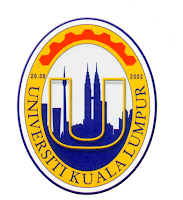ASSEMBLE ALL THE COMPONENT
In week 8, we have done assemble all the component on my pcb. During the assemble, we had go through many problem such as the connection didn't connect with each other. Second problem we had found that the component that we use for the project didn't same in the magazine. But 80% of the project has done well. Only capacitor 10 micro 16v that missing in action. So we decided to go to Jalan Pasar next week due to our other project didn't finish yet. Third problem that we found that my IC holder didn't macth with the hole. So, we decided to push it to the limits. And its work!!!! Below are the pictures and step that we had done by assembling all the components. we also had test all the connection and the result also shown below. All the components are connect well.
This project finally almost 80% done.A few problem that we found have been troubleshoot.In the next step,we need to test either this project is 100% successfully or not.All the step to make this project has been shown and follow.































